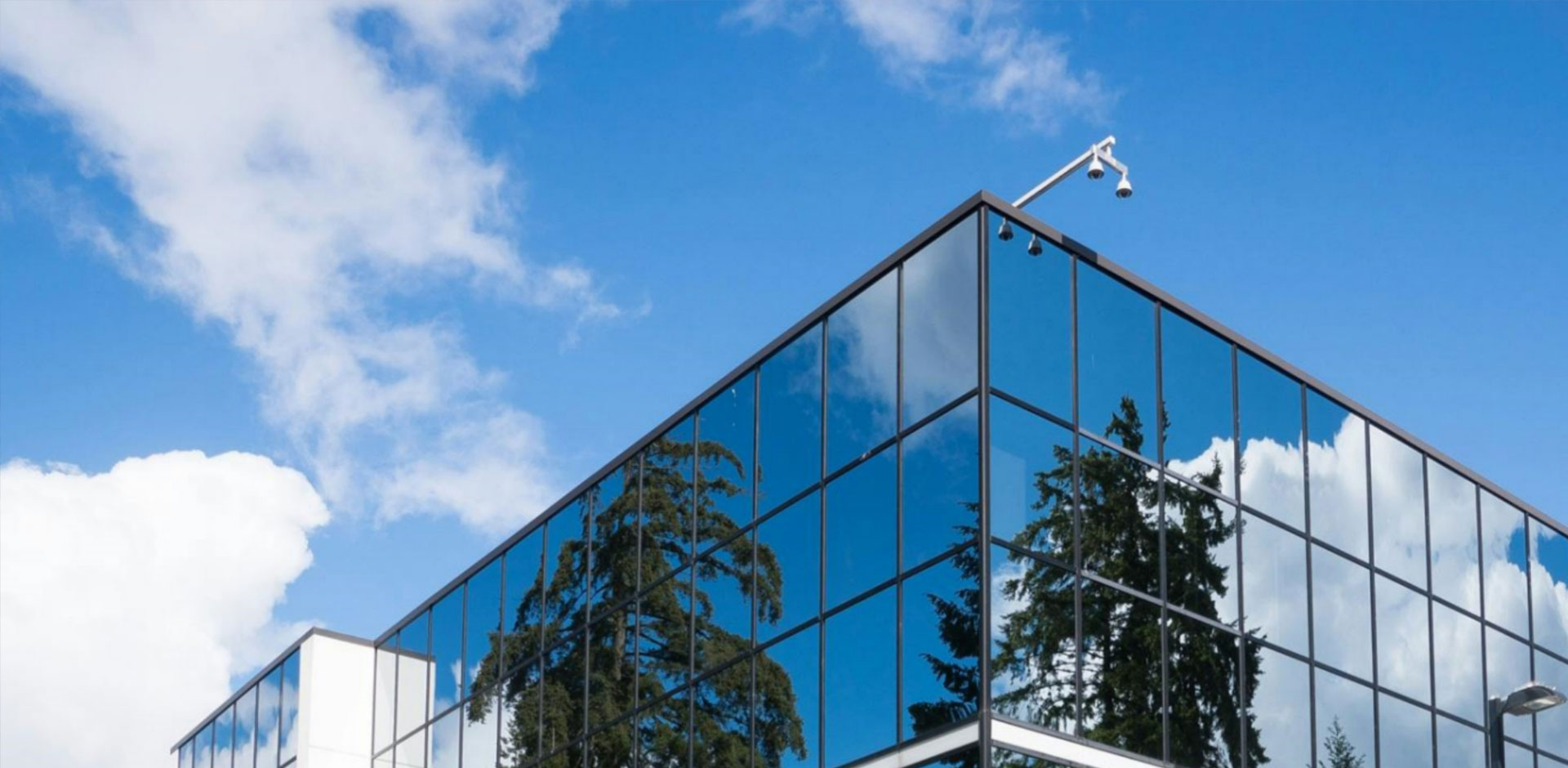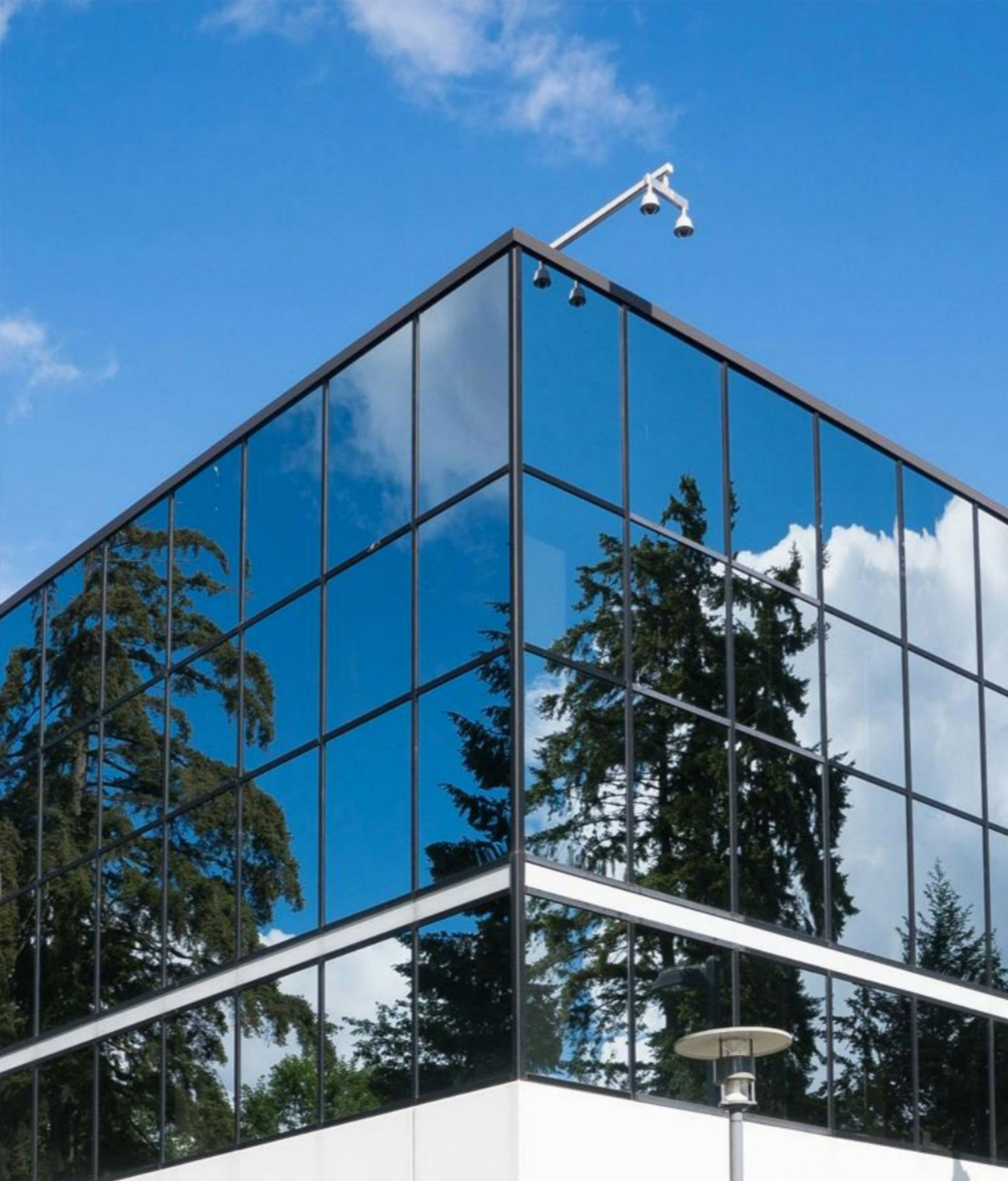 Language
Language


1. What is solar energy?
Solar energy takes advantage of the sun’s rays to generate heat or electricity. It is a renewable resource and unique for its ability to generate energy in a quiet, clean, and consistent manner over long periods of time. A solar thermal system produces heat, and a solar photovoltaic (PV) system is often used to produce electricity.
2. Why use solar energy?
A solar system can provide a return on a financial investment while reducing your environmental footprint. A solar system provides a welcome buffer from utility rate increases and shifting electricity prices. The Sun is a renewable resource and solar modules are very durable. They are capable of supplying reliable electricity for years after the initial financial investment has been recouped.
3. How does a residential solar PV system work?
A grid-tied solar PV system is designed to interface safely and reliably with the utility grid. Any excess solar production is exported to the grid during the day. At night or during periods of insufficient solar production, the utility grid will seamlessly meet your needs for electricity. An off-grid solar PV system is designed to function independently of the electrical grid. It is often accompanied with a back-up generator and battery storage to function when solar electricity is not being produced by the PV system.
4. Is my home a good site for solar?
An ideal site for solar:Faces true south or close to true south.Has 100% solar access year round. No shading from trees or buildings to the south.Allows a solar array to tilt up to an angle equal to your latitude. Meets several other conditions which may or may not be crucial, such as proximity to a grid connection point, access for installation and maintenance, proximity to sources of dust and soot, roof loading concerns, wiring distances, conformance with local regulations and others. A solar contractor will evaluate all of these issues during an on-site solar assessment. Many sites are not 100% ideal and yet a solar system can still be a worthwhile investment.
5. Can I put in my own solar system?
It is generally not recommended. Yes, it is possible for a homeowner to install a solar PV system on a piece of property, which they own and live on. There are specific electric code requirements, industry best practices and significant safety issues that need to be taken into consideration with a grid tie solar PV system. Many of these systems utilize potentially lethal high voltage DC electricity (up to 600V).
6. Can I put in a grid-tied solar system larger than my usage?
the grid-tied solar system was designed to allow installations up to the size of the owners annual consumption. In other words, net solar production at the end of a year should not exceed usage. It is common for solar systems to produce more than consumption in the summer months and then less than their consumption during the winter months. Any excess exported to the utility grid will be recorded as a credit.
7. How much space do I need for a system?
In bright sunlight, a square foot of a conventional photovoltaic module will yield 12 watts of power. That’s a helpful rule of thumb for calculating a rough estimate of how much area you might need.
8. My building's roof needs replacing soon. Does it make sense to combine the installations?
Yes. If you're planning to replace your roof in the next few years, it may make sense to move that up and install the PV system at the same time as the new roof is going on. Since solar modules can last over 40 years. it is in your best interest to not have to remove the solar modules and rack to replace roofing.
9. With a solar PV system will I have power if the electricity grid goes down?
No, if the utility grid goes down your solar system will also shut down until the grid is once again available. This is to comply with safety regulations. If power back-up is a concern you should consider a special synchronous inverter with an appropriately sized battery bank.
10. Is the price of going solar going to drop more?
The price of solar modules has been driven down to the point that there are a significant number of module manufacturers that have gone out of business as the low price of modules is not sustainable. Regarding module pricing we may be bottoming out for a while. The long term prognosis is that, because economies of scale, prices will continue to drop but probably at a slower rate than we have seen in the last few years. The balance of system costs, such as marketing, system design, labour, permitting, often referred to as “soft costs” will likely trend downward as governments continue to encourage solar development and installers increase installation efficiency.
11. What is the ideal tilt angle for my solar array?
A solar module will produce the most electricity when it is perpendicular to the rays of the sun. Therefore the general rule of thumb for the best annual production is to set the tilt angle equivalent to the latitude. For summer production the ideal angle is latitude - 15°. For winter production set it at latitude +15°.
12. Do I have to clean my solar modules?
Modules can require a small amount of maintenance. They can get covered in dirt, dust, bird droppings or snow. Usually, rain will do most of the cleaning for you. Rare occasions where regular cleaning is required may happen in the proximity of certain trees, spaying operations or soot. Completely covering even one cell of a solar module can potentially effect the performance of the entire array until the cell is unshaded. It is worthwhile to visually inspect your solar array and periodically check its performance.
+86-0731-22332201
+86-180-7335-6075
sales@solaroom.com